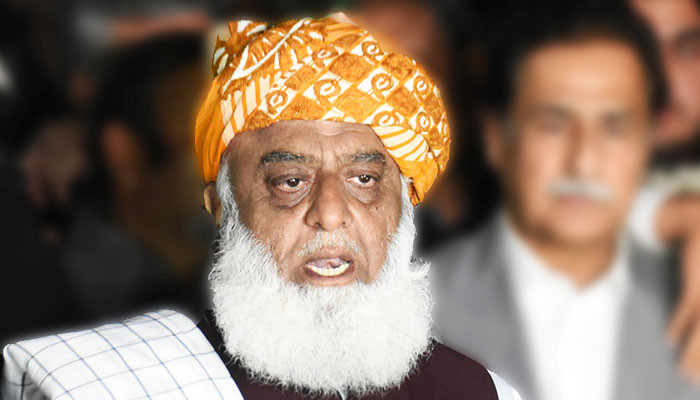US
Key facts about the Electoral College
字号+ Author:Smart News Source:Health 2025-01-15 08:50:23 I want to comment(0)
WASHINGTON: In the United States, a candidate becomes president not by winning a majority of the national popular vote but through a system called the Electoral College, which allots electoral votes to the 50 states and the District of Columbia largely based on their population. Here are some of the rules that could decide the Nov 5 contest between Vice President Kamala Harris and Republican challenger Donald Trump. When voters go to the polls to pick a president, they usually only see the names of the presidential and vice presidential candidates. However, voters are actually voting for a group or “slate” of electors. Nationally, there are a total of 538 electoral votes, or electors, meaning a candidate needs to secure 270 to win. Electors are typically party loyalists who pledge to support the candidate who gets the most votes in their state. Each elector represents one vote in the Electoral College. In 2020, President Joe Biden won 306 electoral votes to defeat Trump, who had 232 electoral votes. The system, mandated by the US Constitution, was a compromise between the nation’s founders, who debated whether the president should be picked by Congress or through a popular vote. Candidate needs 270 electoral votes in order to secure presidency No. Each state has as many electors as it has representatives and senators in Congress. There are two senators for each state, but the allocation of seats in the House of Representatives varies based on population. California, the most populous state, has 54 electors. The six least-populous states and the District of Columbia have only three electoral votes, the minimum number allotted to a state. This means that one electoral vote in Wyoming, the least-populous state, represents about 192,000 people, while one vote in Texas, one of the most underrepresented states, represents about 730,000 people. All but two states use a winner-take-all approach: The candidate that wins the most votes in that state gets all of its electoral votes. Winning a state by a large margin is the same as winning by one vote, so campaigns tend to focus on states where a small shift can deliver all of its electoral votes. In the current election, battleground states include Arizona, Georgia, Michigan, North Carolina, Nevada, Pennsylvania and Wisconsin. Yes. Republican George W Bush in 2000 and Trump in 2016 both became president despite losing the popular vote. It also happened three times in the 1800s. This is often cited by critics as the main flaw of the system. Proponents of the electoral college say it forces candidates to seek votes from a range of states, rather than just piling up support in big urban areas. The electors will meet on Dec 17 to officially cast their votes and send the results to Congress. The candidate that wins 270 electoral votes or more becomes president. Those votes are officially tallied by Congress on Jan 6 and the president is sworn in on Jan 20. Generally, the meeting of electors is a ceremonial event where they simply rubber-stamp votes for the candidate who won their respective states. But in 2016, seven of the 538 electors recorded their vote for someone other than their state’s popular vote winner, an unusually high number. Three of these seven electors voted for Colin Powell, a former US secretary of state, even though they represented states that picked the Democratic candidate, Hillary Clinton. Trump ultimately won that election. At least 37 states and the District of Columbia require electors to vote for a pledged candidate, according to the non-partisan group Fair Vote. One of the flaws of the system is that it can theoretically produce a 269-269 tie. If that occurs, a newly elected House of Representatives would decide the fate of the presidency on Jan 6, with each state voting as a unit, as required by the 12th Amendment of the US Constitution. Currently, Republicans control 26 state delegations, while Democrats control 22. Minnesota and North Carolina are tied between Democratic and Republican members. Congress tried to repair flaws that were exposed after the 2020 election, when Trump falsely claimed he won. In 2022, Congress passed the Electoral Count Reform Act to clarify that each state’s governor or other official chosen by the state will certify the state’s election results before they are delivered to Congress. The new law also aims to prevent a repeat of the 1876 election deadlock when three states submitted “dueling slates of electors” — one slate certified by the state’s lawmakers and a competing slate by a state official. The law also set a mandatory deadline for certifying results, giving states 36 days after the election to complete recounts and litigation. The deadline this year is Dec 11. Abolishing the Electoral College would require a constitutional amendment.
1.This site adheres to industry standards, and any reposted articles will clearly indicate the author and source;
 Related Articles
Related Articles-
Grand jirga held in Murree against Punjab government’s ‘Murree development plan’
2025-01-15 08:29
-
Story time; The happiness
2025-01-15 07:54
-
Xi calls for APEC unity in face of ‘protectionism’
2025-01-15 07:00
-
Trial court asked to decide Imran’s acquittal pleas in £190m case
2025-01-15 06:44
 User Reviews
User Reviews Recommended Reads
Recommended Reads Hot Information
Hot Information- iPhone 16 Prices come down in Pakistan; Check new rates here
- Aafia and her rights
- Record six-hitting spree helps India to T20 series win over South Africa
- Pakistan thrash UAE in Under-19 tri-series opener
- Security forces kill eight terrorists in two separate KP operations
- Trump, Biden vow smooth handover at historic huddle
- Bariatric surgery effective to control obesity, say experts
- 65 killed across Gaza in a day as Israel’s offensive rages on: ministry
- Mahira Khan finally breaks silence about Firdous Jamal
 Abont US
Abont US
Follow our WhatasApp account to stay updated with the latest exciting content












